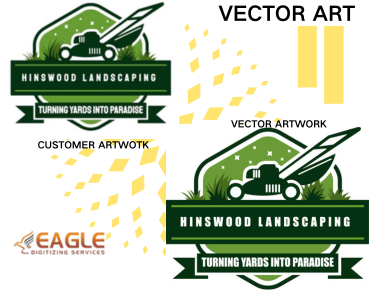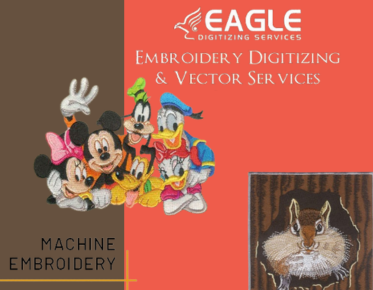DTF vs. Screen Printing: Which Method Reigns Supreme?
In the ever-evolving world of textile printing, choosing the right method can significantly impact the quality, cost, and durability of the final product. Two popular methods that often come into discussion are Direct-to-Film (DTF) printing and screen printing. Each has its unique advantages and applications, making the choice between them dependent on specific needs and circumstances. In this comprehensive exploration, we will delve into the intricacies of both methods to help you determine which might be better suited for your projects. For those interested in the nuances of vector graphics, understanding these printing methods is crucial.
Understanding DTF Printing
Direct-to-Film (DTF) printing is a relatively new technology in the textile printing industry. It involves printing designs onto a special film, which is then transferred onto fabric using a heat press. This method is gaining popularity due to its versatility and ease of use. One of the standout features of DTF printing is its ability to print on a wide range of materials, including cotton, polyester, and blends, without the need for pre-treatment.
Advantages of DTF Printing
DTF printing offers several advantages that make it an attractive option for many businesses and individuals. Firstly, it allows for vibrant and detailed prints, which are essential for intricate designs. The colors are rich and can be applied to both light and dark fabrics with equal effectiveness. Additionally, DTF printing is known for its durability; the prints are resistant to cracking and fading, even after multiple washes.
Another significant advantage is the cost-effectiveness of DTF printing for small to medium-sized orders. Unlike screen printing, which requires separate screens for each color, DTF can handle multi-color designs without additional setup costs. This makes it ideal for custom orders and limited runs.
Exploring Screen Printing
Screen printing, also known as silkscreen printing, is a traditional method that has been used for decades. It involves creating a stencil (or screen) for each color in the design, which is then used to apply ink onto the fabric. This method is renowned for its ability to produce vibrant, long-lasting prints, especially for large orders.
Advantages of Screen Printing
One of the primary advantages of screen printing is its cost-effectiveness for large orders. Once the screens are created, they can be used repeatedly, making it an economical choice for bulk printing. The method also excels in producing solid, opaque colors, which are particularly striking on dark fabrics.
Screen printing is also highly versatile in terms of the types of inks that can be used, including specialty inks like metallic and glow-in-the-dark. This allows for creative and unique designs that stand out. Moreover, the durability of screen-printed designs is well-established, with prints that can withstand extensive wear and washing.
Comparing DTF and Screen Printing
When comparing DTF and screen printing, several factors come into play, including cost, quality, and application. For small to medium-sized orders with complex, multi-color designs, DTF printing often emerges as the more economical and flexible choice. Its ability to print on various materials without pre-treatment is a significant advantage for those working with diverse textiles.
On the other hand, screen printing remains the go-to method for large orders and designs that require solid, vibrant colors. Its ability to use specialty inks and produce durable prints makes it a favorite for many traditional printing applications. However, the initial setup cost and time can be a drawback for smaller projects.
Future Trends in Textile Printing
As technology continues to advance, both DTF and screen printing are likely to evolve, offering even more options and capabilities. The integration of digital technologies with traditional methods could lead to hybrid solutions that combine the best of both worlds. For instance, advancements in ink formulations and printing techniques could enhance the color vibrancy and durability of both methods.
Moreover, the growing demand for sustainable and eco-friendly printing solutions is likely to influence the development of new materials and processes. This could lead to innovations that reduce waste and energy consumption, making textile printing more environmentally friendly.
In conclusion, the choice between DTF and screen printing ultimately depends on the specific needs of your project. Whether you prioritize cost, quality, or versatility, understanding the strengths and limitations of each method will help you make an informed decision. For those seeking professional vector artwork conversion services, Eagle Digitizing excels in delivering high-quality solutions, transforming creative visions into scalable designs.


.png)
